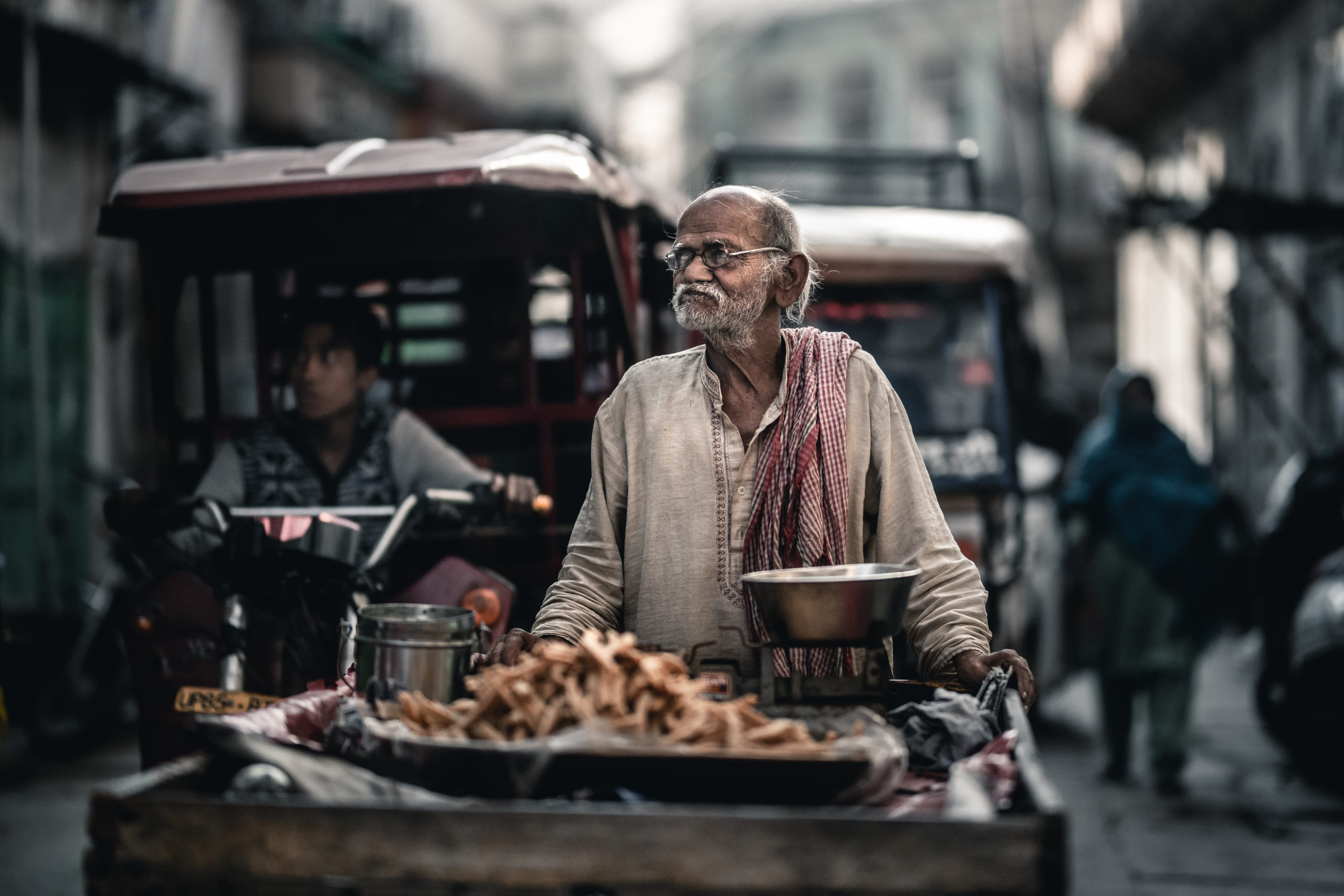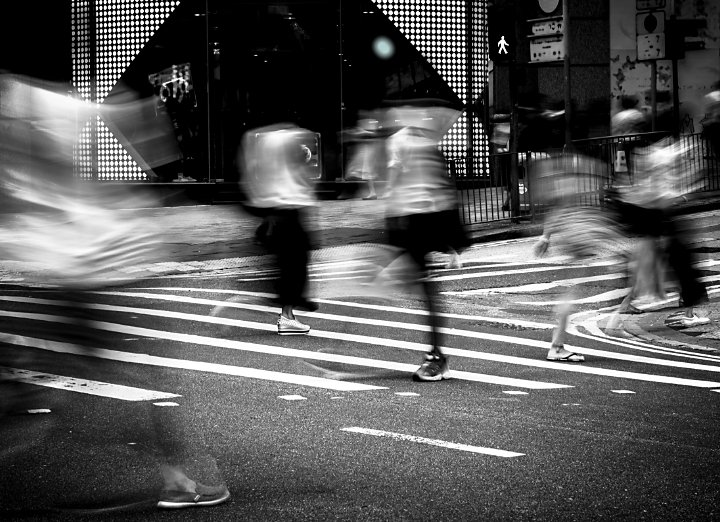Some Known Details About Street Photographers
Table of ContentsThe Facts About Street Photographers RevealedSome Of Street PhotographersNot known Facts About Street PhotographersUnknown Facts About Street PhotographersThe smart Trick of Street Photographers That Nobody is Discussing
, a style of digital photography that documents day-to-day life in a public place. The very publicness of the setup allows the professional photographer to take candid photos of complete strangers, commonly without their knowledge. Street professional photographers do not necessarily have a social purpose in mind, yet they favor to separate and capture moments which might otherwise go undetected.He was affected by several of those who influenced the road professional photographers of the 1950s and '60s, he was not chiefly interested in catching the spirit of the road., that worked side by side with professional photographers attempting to record the significance of metropolitan life.
As a result of the comparatively primitive innovation readily available to him and the long exposure time needed, he struggled to record the hustle and bustle of the Paris roads. He tried out with a collection of photo techniques, trying to find one that would certainly permit him to record activity without a blur, and he found some success with the calotype, patented in 1841 by William Henry Fox Talbot. In comparison to Atget, photographer Charles Marville was hired by the city of Paris to produce an encyclopaedic document of Haussmann's city preparation task as it unfolded, therefore old and brand-new Paris. While the professional photographers' topic was essentially the same, the results were significantly different, demonstrating the influence of the professional photographer's intent on the personality of the photos he created.
Some Known Facts About Street Photographers.
Offered the great high quality of his photos and the breadth of product, designers and musicians usually bought Atget's prints to make use of as reference for their very own job, though commercial passions were hardly his primary inspiration. Rather, he was driven to photograph every last remnant of the Paris he liked.

Unlike his peers, Brassa made use of a larger-format Voigtlnder camera with a much longer exposure time, requiring him to be more calculated and thoughtful in his technique than he might have been if making use of a Leica. (It is thought that he might not have had the ability to afford a Leica during that time, however he did, however, utilize one in the late 1950s to take colour pictures.) Brassa's photographs of the Paris underworld brightened by synthetic light were a discovery, and the collection of the collection that he released, (1933 ), was a significant success.

The Ultimate Guide To Street Photographers
It is as a result of this basic understanding of the art of picture taking that he is typically attributed with rediscovering the medium all over once again roughly a century given that its invention. He took photographs for greater than a half century and affected generations of photographers to trust their eye and intuition in the moment.
These are the concerns I shall attempt to address: And after that I'll leave you with my very own meaning of road digital photography. Yes, we do. Allow's begin with specifying what a definition is: According to it is: "The act of specifying, or of making something definite, distinctive, or clear".
No, certainly not. The term is both restricting and misinforming. Seems like a road photography must be photos of a Discover More Here streets best?! And all street photographers, besides a little number of absolute newbies, will totally appreciate that a road is not the crucial element to street photography, and actually if it's a picture of a street with possibly a couple of boring people doing nothing of rate of interest, that's not road photography that's a snapshot of a street.
Everything about Street Photographers
He makes a valid factor don't you believe? While I agree with him I'm not sure "candid public digital photography" will catch on (although I do kind of like the term "candid digital photography") because "road digital photography" has actually been around for a long time, with many masters' names affixed to it, so I believe the term webpage is below to remain. Street Photographers.
You can shoot at the beach, at a celebration, in an alley, in a park, in a piazza, in a cafe, at a gallery or art gallery, in a metro station, at an event, on a bridge, under a bridge ...
Little Known Questions About Street Photographers.
Yes, I'm afraid we worried no choice! Without policies we can not have a definition, and without an interpretation we don't have a genre, and without a style we do not have anything to specify what we do, and so we are stuck in a "regulations meaning category" loophole! - Street Photographers
